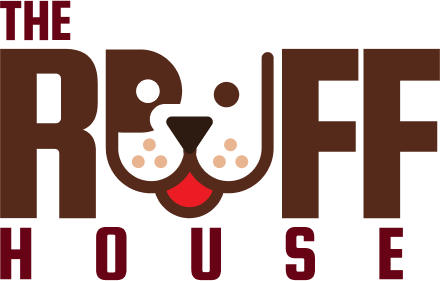How Puppy Parties Help Your Pup To Grow
What Is A Puppy Party?
Socialization is important to every dog, and when you start giving your dog positive social experiences as a pup, they’re more likely to grow up confident and friendly rather than fearful and prone to stress. One of the easiest ways to socialize your pup is to introduce them to unfamiliar dogs in a familiar environment, such as their own home.
Don’t let the “party” label fool you. Puppy parties aren’t big to-dos. In fact, it’s best to not overwhelm your pup by inviting too many strange dogs and people into your home at once. Invite a few well-behaved dogs and owners that you trust. Also, keep in mind this method is best for puppies who aren’t aggressively territorial. If your dog is tail-waggingly happy when visitors come over, a puppy party is a great idea. However, if your puppy barks and snarls at house guests, meeting on neutral ground is a better idea. In those situations, finding a reputable dog trainer is also crucial.
How Often Should I Have Puppy Parties?
Ideally, you’d be able to have a puppy party every day from the time you take your puppy home until they’re three or four months old. However, this simply isn’t possible for most people. Try to aim for one to three times a week, as your schedule allows.
Who Should I Invite To My Puppy Parties?
People and dogs of all types! Start with well-mannered dogs first and be sure your puppy has a chance to interact with men and children since these humans are usually the most frightening if your dog doesn’t have experience with them. This is important even if you don’t have kids because your dog will inevitably encounter kids. Be sure to mix up the guest list occasionally, too, so your dog sees a wide range of people. Invite neighbors, coworkers, family, and friends.
Puppy Party Don’ts
Especially when introducing your puppy to new dogs, make sure there is always supervision. There are a lot of things that people can do while meaning well that can actually increase the tension between dogs. Don’t keep leashes tight when dogs first meet. The pressure from pulling only increases tension between dogs. Don’t let the dogs rush up to one another. Don’t use a stern voice, telling the dogs to “Be good!” or “Be nice!” Don’t immediately introduce competition or conflict over popular toys, food, or bones.
How To Tell When Dogs Are Having A Good Time
Good signs to look for when introducing dogs include loose and relaxed body movements, open mouths, wiggling bottoms, wagging tails, low and sweeping motions, and play bows (where one dog puts his elbows on the ground and his bottom in the air) or other bouncy movements that invite play.
Signs that dogs are feeling uneasy include closed mouths, tails held high with a tic-tic-tic motion, tails lowered and in between their back legs, trying to move away from the other pups, prolonged body stiffness, forward ears, staring, and growling.
Observe your puppy and other dogs carefully. If your dog or other dogs are giving signs that they’d rather be left alone and other dogs aren’t taking the hint, that is the time to intervene and separate the irritated dog.
Look Into Doggy Daycare For Your Dog Today
The benefits your dog could receive by going to doggy daycare are undeniable! Ensure your dog’s health and happiness by looking for a doggy daycare to enroll them in. Again, not all doggy daycares are the same, so be sure to look around to find the best match for your pet.

